 |
Turkey
Ephesus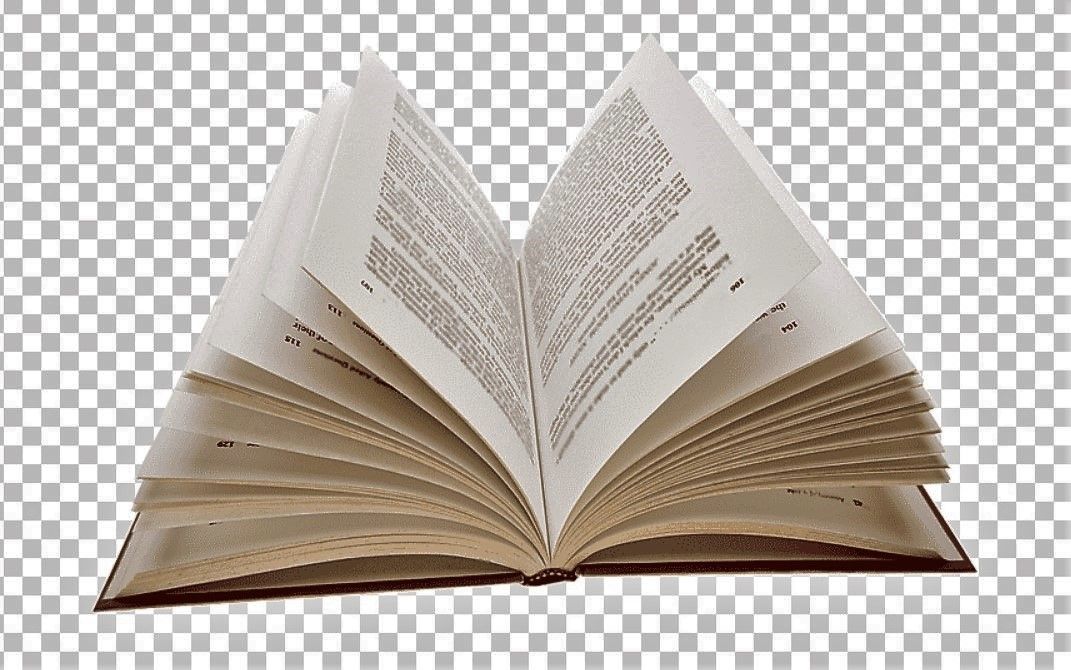
Ephesus
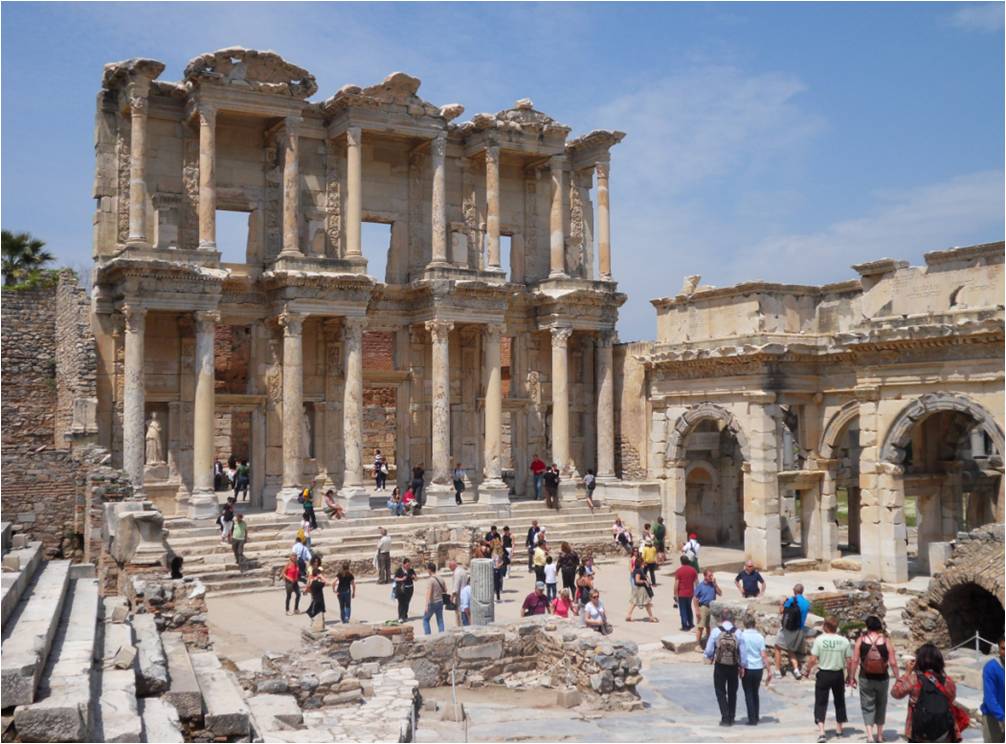 There is evidence that Ephesus was inhabited as long ago as 6000 BC. During the Classical Greek era, which covered the 4th and 5th centuries BC, it was one of the twelve cities of the Ionian League, and in 546 BC it was occupied by the Persians, but because Ephesus did not join the Ionian Rebellion against the Persians, the city was spared from destruction. After the defeat of the Persians it came under the guardianship of Athens, although Ephesus had rebelled against Athens in 412BC and supported Sparta in the Peloponnesian War. READ MORE There is evidence that Ephesus was inhabited as long ago as 6000 BC. During the Classical Greek era, which covered the 4th and 5th centuries BC, it was one of the twelve cities of the Ionian League, and in 546 BC it was occupied by the Persians, but because Ephesus did not join the Ionian Rebellion against the Persians, the city was spared from destruction. After the defeat of the Persians it came under the guardianship of Athens, although Ephesus had rebelled against Athens in 412BC and supported Sparta in the Peloponnesian War. READ MORE
Istanbul
Sultan Ahmed /The Blue Mosque
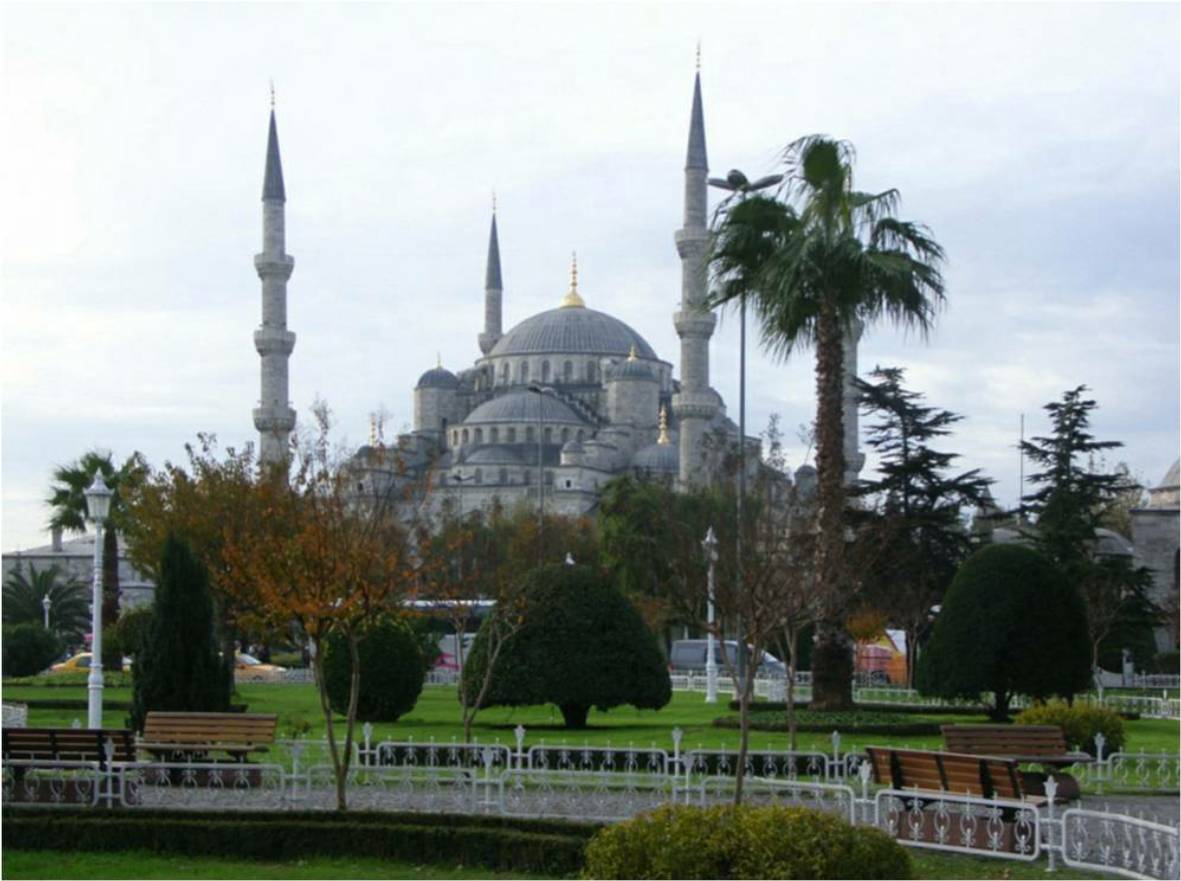
The Blue Mosque, or to give it its correct name, The Sultan Ahmed Mosque is named after the 14th Ottoman Sultan Ahmed I who commissioned its construction. Starting in 1609 it took seven years to build and where it was normal to pay for such projects with the spoils of war, Ahmed had not gained any victories so had to pay for it from existing funds. The mosque was built on the site of the Palace of the Byzantine emperors which had to be demolished. The design of the Mosque incorporates both Ottoman and Byzantine architecture. READ MORE
Hagia Sophia
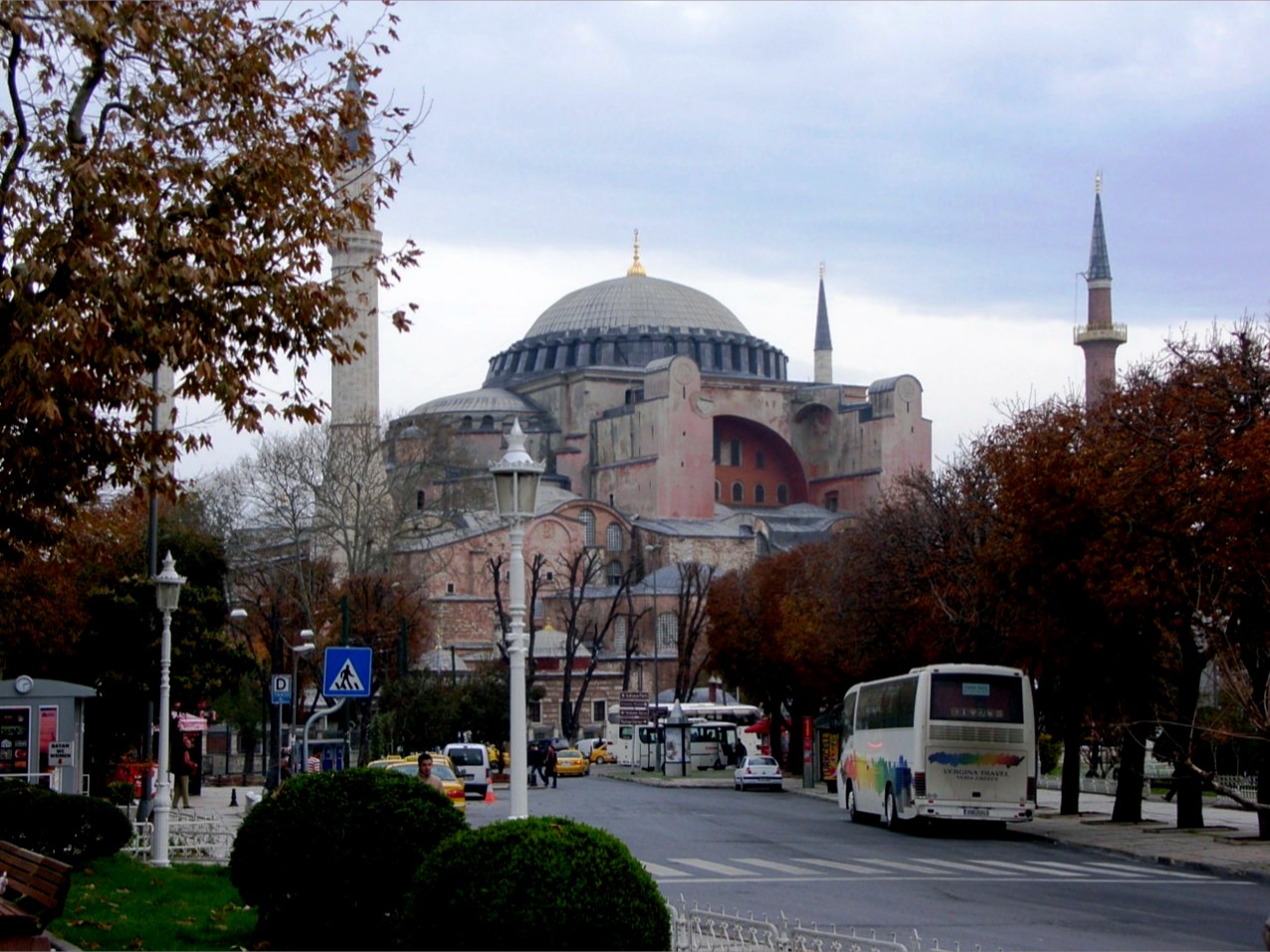 One of the main tourist attractions in Istanbul, the Hagia Sophia known as Ayasofya in Turkish, is also referred to as the Church of St Sophia. It is the third building on the site which started as a church. Initially built on the orders of the Byzantine Emperor Constantine II in 360 AD it was destroyed in 404 AD by a mob and was rebuilt to grander proportions by Theodosius II in 405 AD only to be destroyed again in 532 during the week of riots known as the 'Nika Revolt', something which resulted in almost half of Istanbul being burnt down. READ MORE One of the main tourist attractions in Istanbul, the Hagia Sophia known as Ayasofya in Turkish, is also referred to as the Church of St Sophia. It is the third building on the site which started as a church. Initially built on the orders of the Byzantine Emperor Constantine II in 360 AD it was destroyed in 404 AD by a mob and was rebuilt to grander proportions by Theodosius II in 405 AD only to be destroyed again in 532 during the week of riots known as the 'Nika Revolt', something which resulted in almost half of Istanbul being burnt down. READ MORE
Topkapi Palace
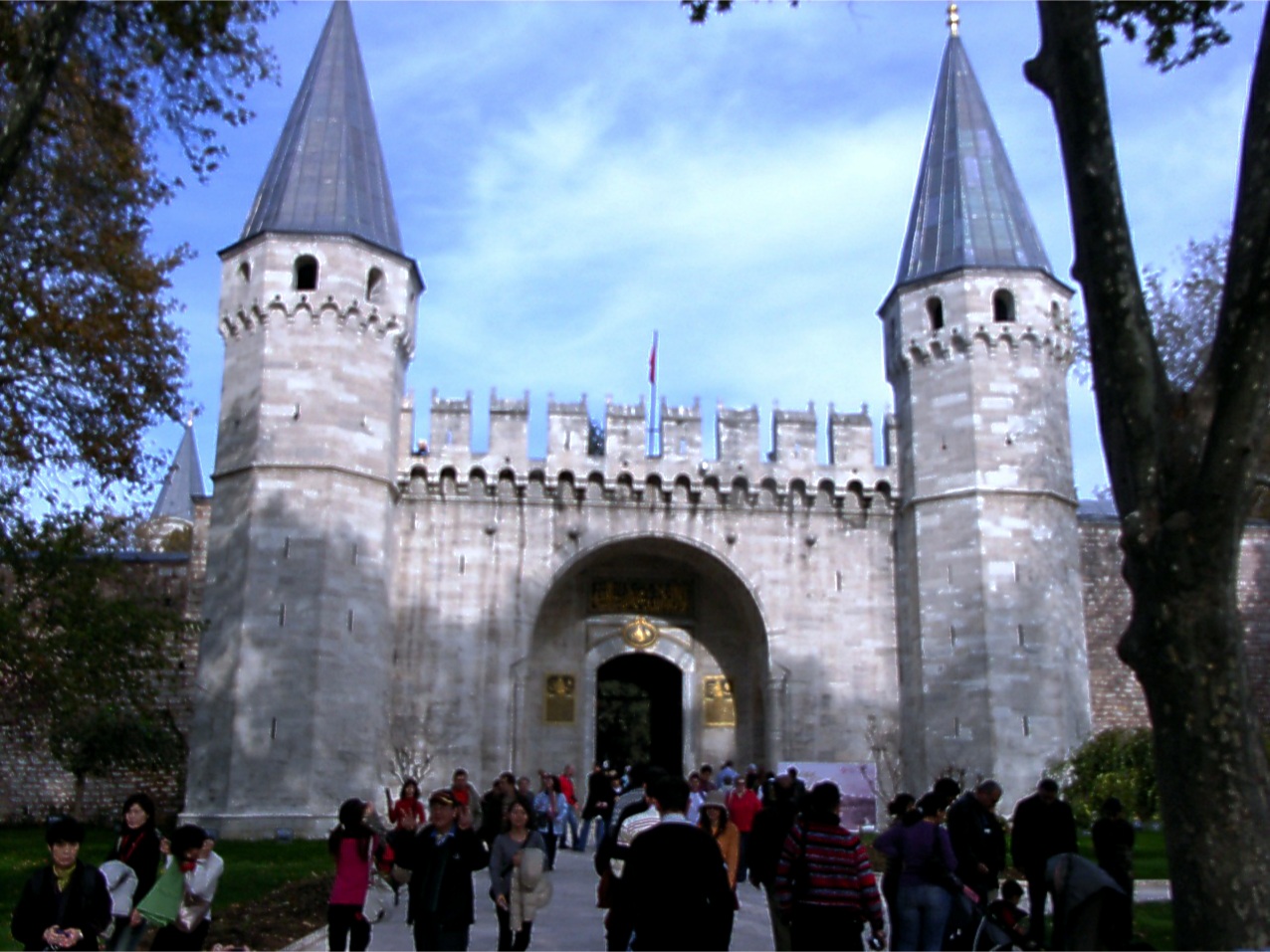 The Topkapi Palace situated in the heart of Istanbul was the official and primary residence of the Sultans of the Ottoman Empire from 1465 to 1856. Construction began on the palace in 1459 by Sultan Mehmed II, who defeated and captured the Byzantine city of Constantinople in 1453 and renamed the city Istanbul. The Palace was originally known as the New Palace to distinguish it from the previous residence it replaced as the main residence. It received the name Topkapı (Cannon Gate) in the 19th century, after the Topkapı Gate and shore pavilion, although these no longer exist. READ MORE The Topkapi Palace situated in the heart of Istanbul was the official and primary residence of the Sultans of the Ottoman Empire from 1465 to 1856. Construction began on the palace in 1459 by Sultan Mehmed II, who defeated and captured the Byzantine city of Constantinople in 1453 and renamed the city Istanbul. The Palace was originally known as the New Palace to distinguish it from the previous residence it replaced as the main residence. It received the name Topkapı (Cannon Gate) in the 19th century, after the Topkapı Gate and shore pavilion, although these no longer exist. READ MORE
Basilica Cistern
 Built around 532 CE, the Basilica Cistern took approximately 5 years to construct in order to serve as a water reservoir, something it continued to do until the Ottoman conquest of Constantinople in 1453 when it became largely forgotten. In the 18th, 19th and 20th centuries it underwent significant renovations, and it opened to the public in 1987, making it today, a popular tourist attraction. READ MORE Built around 532 CE, the Basilica Cistern took approximately 5 years to construct in order to serve as a water reservoir, something it continued to do until the Ottoman conquest of Constantinople in 1453 when it became largely forgotten. In the 18th, 19th and 20th centuries it underwent significant renovations, and it opened to the public in 1987, making it today, a popular tourist attraction. READ MORE
Kayaköy
Kayaköy / Levissi
Until 1923, Kayaköy also known as Levissi - was a thriving village with a population of several thousand people: Today it is a ghost town with deserted houses, shops, schools, and churches.
Dating back to antiquity the area was first inhabited in approximately 3,000 BC and was the location of the ancient city of Carmylessus, which at its height had a population of about 20,000 people: It was to remain an important trading city until 1100 AD. READ MORE
Side
Side
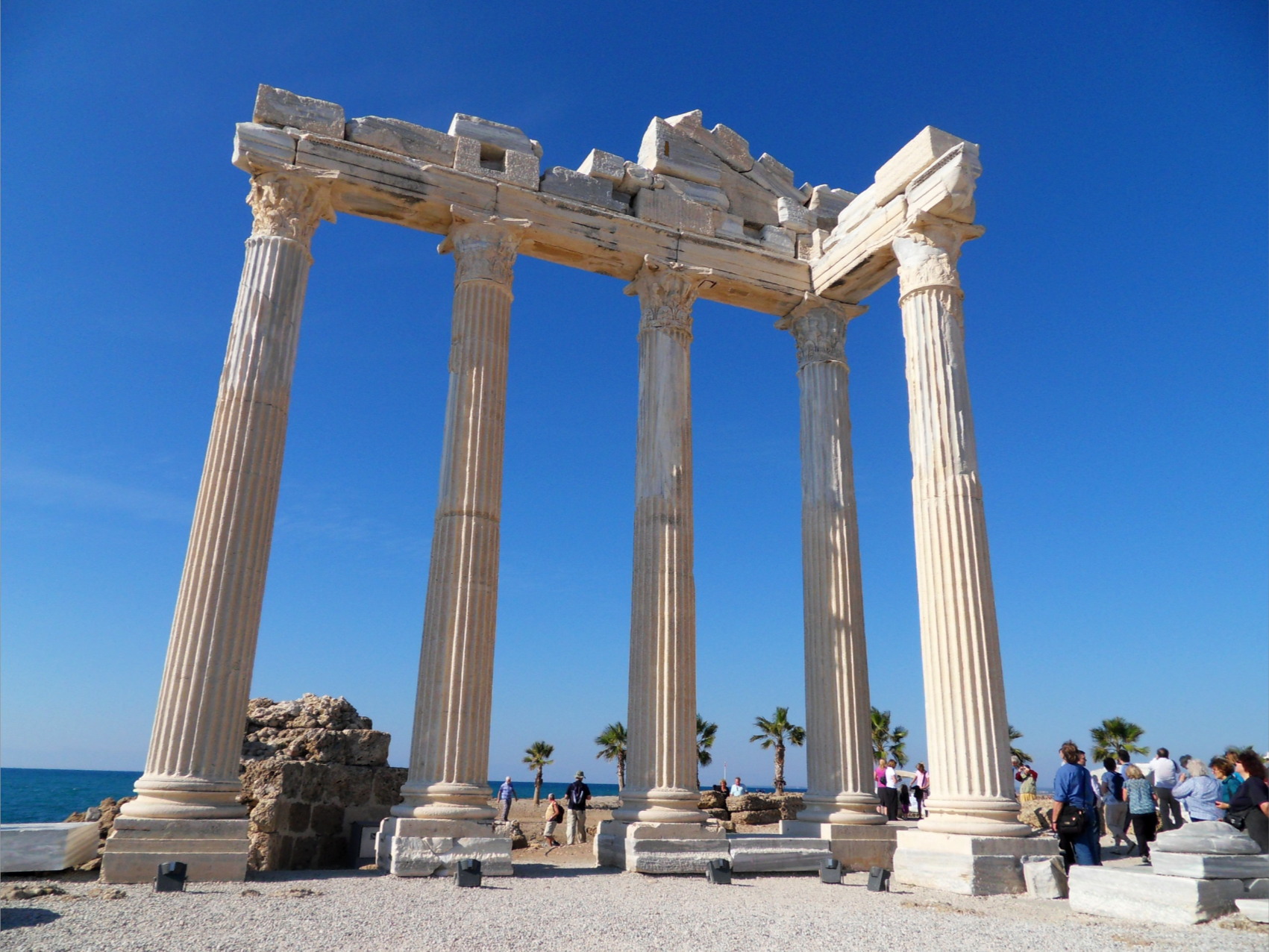 Dating back to the 6th century BC, Side - named after Sida, daughter of Danaus - was one of the earliest settlements of the Anatolia region and was renowned for its harbour during the Hittite period when it became a prominent commercial town trading with the countries in the eastern and western Mediterranean. READ MORE Dating back to the 6th century BC, Side - named after Sida, daughter of Danaus - was one of the earliest settlements of the Anatolia region and was renowned for its harbour during the Hittite period when it became a prominent commercial town trading with the countries in the eastern and western Mediterranean. READ MORE
|
 |




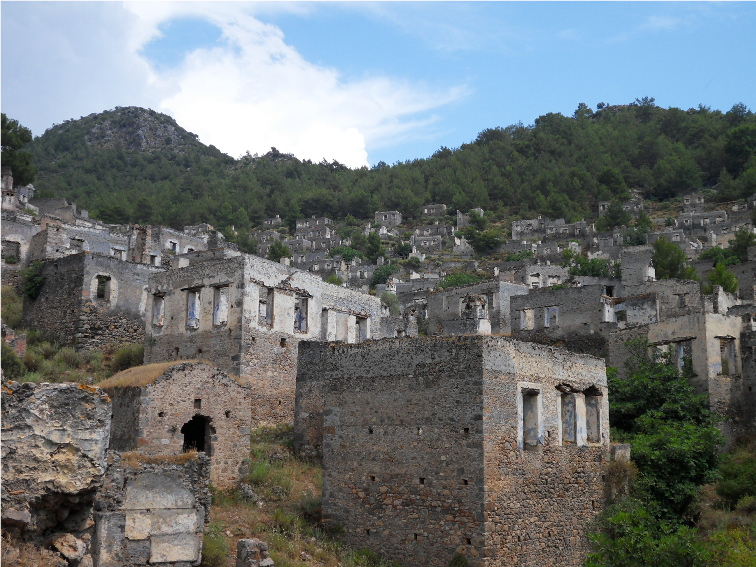
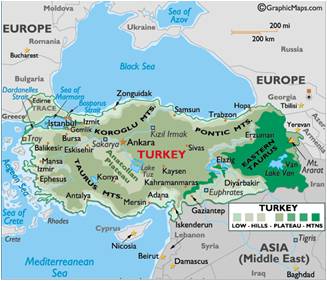
 Dating back to the 6th century BC, Side - named after Sida, daughter of Danaus - was one of the earliest settlements of the Anatolia region and was renowned for its harbour during the Hittite period when it became a prominent commercial town trading with the countries in the eastern and western Mediterranean.
Dating back to the 6th century BC, Side - named after Sida, daughter of Danaus - was one of the earliest settlements of the Anatolia region and was renowned for its harbour during the Hittite period when it became a prominent commercial town trading with the countries in the eastern and western Mediterranean.